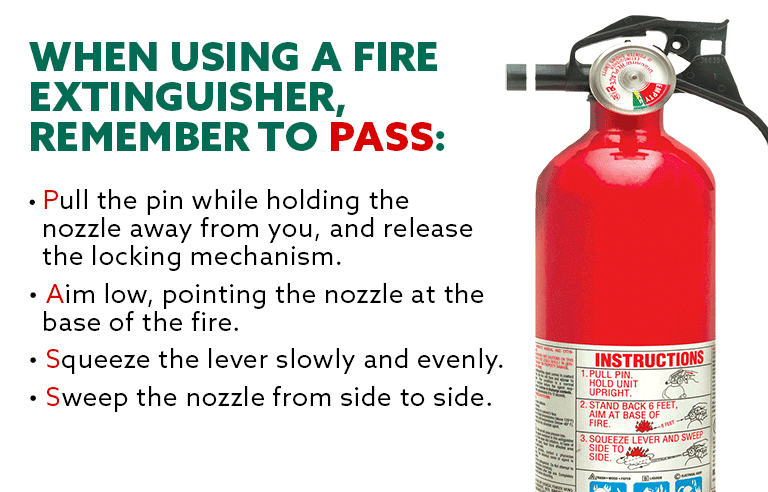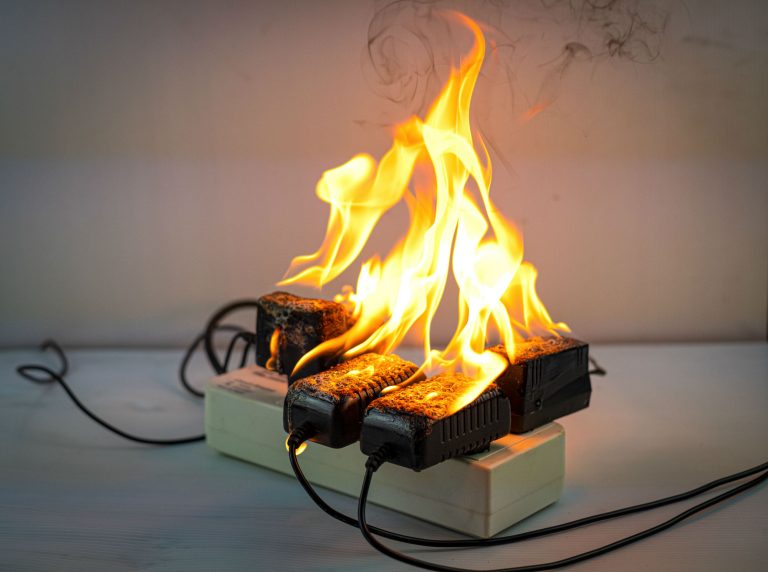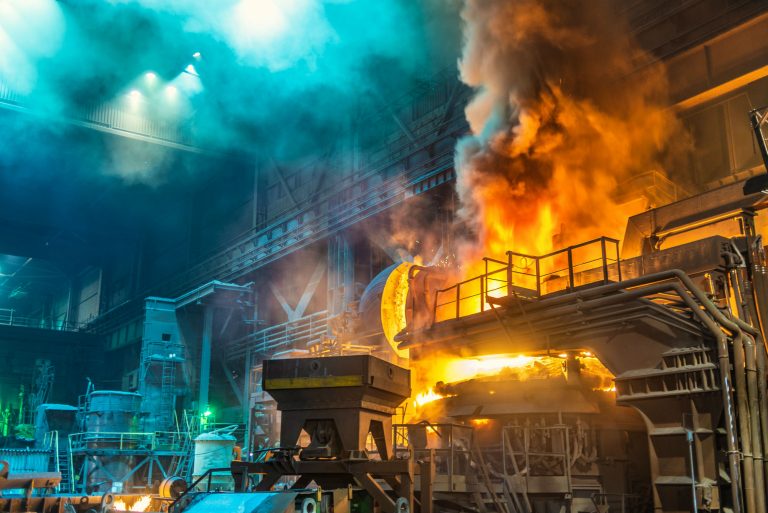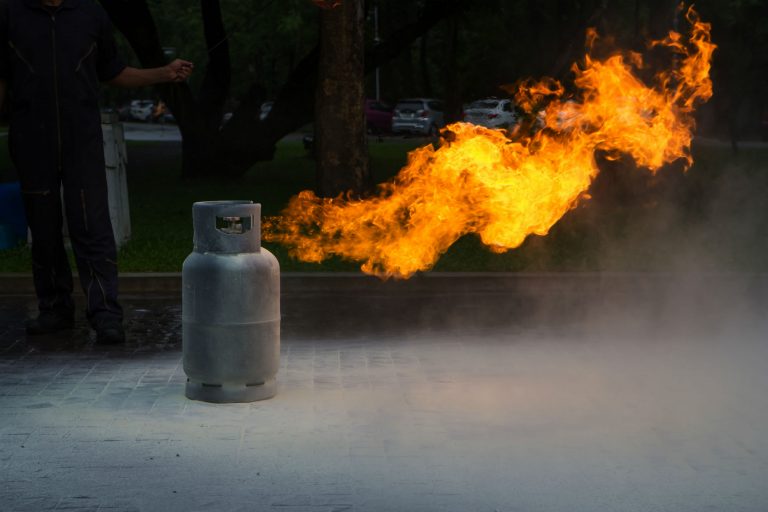Class F fires are one of the most common fires to ignite in a commercial kitchen; and, with areas that see such constant daily use and also involve open flames, you can probably see why!
When we talk about common fuels that can cause a Class F fire, we’re talking about frequently used kitchen items that we use every day in our personal and professional lives; consider for example how often you cook with vegetable oil, or fry food. What about greasy build up in pans, or meat cooked that has a high fat content or leaves fatty build up on your stove top or in your oven? With how often food is cooked in a home you can see how leaving a pan unattended for a few moments of distraction can lead to a Class F fire. To give you a clearer example of this, we’ve compiled a non-exhaustive list of items that can cause a Class F fire in everyday environments, and which can be put out with a wet chemical fire extin-guisher:
Fatty build ups – splashes out the pan, perhaps spilt after cooking something with high fat or grease content such as duck, bacon, or pork; food cooked in lard, a build up of fat on a stove top can easily catch a spark and ignite.
Oils – vegetable oil, soybean oil, canola oil, olive oil, sesame oil, peanut oil, and other cooking oils allowed to overheat on a s, or drip off of oven trays.
As you can see from this list, no matter the oil you cook with there is always a chance to start a fire in a kitchen, whether that’s at home, a kitchenette in your office, or a full commercial restaurant kitchen. And, while the causes of home and work place fires can vary greatly, the most common way in which a fire can take hold is from leaving your oven or stove top, so when cooking work to avoid distractions, plan ahead, and keep your stove tops and work areas clear and clean of build ups from fats and oils.

Which fire extinguishers can be used on a Class F fire?
Wet chemical fire extinguishers are the only extinguisher that can be used on a Class F fire, and having a fire blanket on hand is also recommended.
Wet Chemical Fire Extinguisher
The only type of extinguisher for use on a Class F fire, wet chemical extinguishers, work by cooling the fire and spraying out a mist of potassium that reacts with fats and oils to create a layer which smothers the fire, by being a lower pressure extinguisher they also do not risk spreading around the fuel. Care should be taken when using a wet chemical fire extinguisher on a Class F fire in a confined area, as it can cause eye and skin irritations.
How do I use a fire extinguisher on a Class F fire?
While it might look like an easy thing to do, actually actioning a fire extinguisher can be more diffi-cult than it looks…especially in the middle of a fire emergency!
We highly recommend regular workplace training at which our fire experts will give your team hands-on experience in using the PASS method of fire suppression:
- P – pull the pin on the fire extinguisher handle
- A – aim your extinguisher at the fire
- S – squeeze the handle firmly but gently to start the flow of Co2, dry powder, etc
- S – sweep the extinguisher across the seat of the fire
Workplace fire training not only helps your team learn what to do in the event of a fire incident, but will also help them be more fire safe in their own home. We recommend workplace fire train-ing every 6 months or when you have a new intake of staff.
A good way to remember to book a workplace fire safety training session is to review your level of competency whenever daylight savings comes around.

When should I use a fire extinguisher on a Class F fire?
If a Class F fire breaks out in your workplace you should follow the management and evacuation process that has previously been agreed upon.
While your workplace may differ, the most common process is for you to immediately call 000 (tri-ple zero) and ask for the fire brigade; the operator will ask you for the type of emergency, your ad-dress, suburb and any other information that will be useful to emergency services personnel who are turned out to attend the incident.
You should then raise the alarm to alert co-workers and give them time to evacuate the building. Once everyone has left the building or area, no one should go back for any reason.
If you feel it is safe to do so, you can fight a Class F fire with a wet chemical fire extinguisher, only if:
- the fire is small with flames shorter than you
- the fire is contained within a small space
- the fire isn’t spreading rapidly
- the room isn’t full of smoke (smoke inhalation can quickly cause unconsciousness)
- you have a clear exit path in case you need to escape the fire
- you know the cause of the fire to determine the class and correct extinguisher to use
Using the PASS method, and ensuring that you have a clear line of escape at all times, you can at-tempt to put the fire out prior to the arrival of emergency services personnel.
However, if you feel unsafe or unable to use a fire extinguisher, then simply don’t risk it. Evacuate the building and wait for the fire brigade to arrive and deal with the fire.
How do I ensure I have the right equipment for a Class F fire?
It makes sense that your fire safety equipment should be maintained to the highest standard so it works well when you need it most.
In a commercial setting, it is a legal requirement that you have your fire extinguishers and other equipment tested on a regular basis (depending on the type of business you run). Therefore, a maintenance schedule is vital to ensuring the safety of you, your staff and site visitors, and to min-imise any potential damage to your premises.
Our team of fire safety experts can organise this for you, saving you the time and hassle of having to think about it for your office, factory, warehouse, body corporate, government building or workshop.
If you’d like to know more about how we can help you keep your premises and people safe from a Class F fire, please contact us or give us a call on 1800 177 915 to arrange an obligation-free visit to discuss your fire equipment service needs with one of our expert fire services team.




